Exploring the Role of Living Walls in Urban Wildlife Conservation
_luhji.jpeg)
Exploring the Role of Living Walls in Urban Wildlife Conservation
As urban areas expand and green spaces diminish, wildlife faces increasing pressure to adapt or perish. One innovative solution to this problem is the introduction of living walls, also known as green walls or vertical gardens.
These structures not only enhance the aesthetic appeal of urban environments but also play a crucial role in supporting biodiversity and promoting urban wildlife conservation.
Benefits of Living Walls for Urban Wildlife
Living walls with natural substrate offer numerous advantages for urban wildlife, transforming cityscapes into more hospitable environments for a variety of species. Let's explore these benefits in greater detail:
Benefits of Living Walls: Habitat Creation
Living walls serve as vertical habitats, providing essential living spaces for various urban wildlife. Birds, insects, and small mammals can find shelter and nesting sites within the dense foliage. The variety of plant species on these walls offers diverse microhabitats, catering to the needs of different species. For example:
- Birds: Many small birds, such as sparrows and finches, use living walls for nesting and feeding.
- Insects: Butterflies, bees, and beetles find nectar and pollen in flowering plants, as well as places to lay eggs and shelter during adverse weather conditions.
- Small Mammals: Creatures like bats and squirrels may find refuge in the nooks and crannies created by living walls, especially when traditional green spaces are scarce.
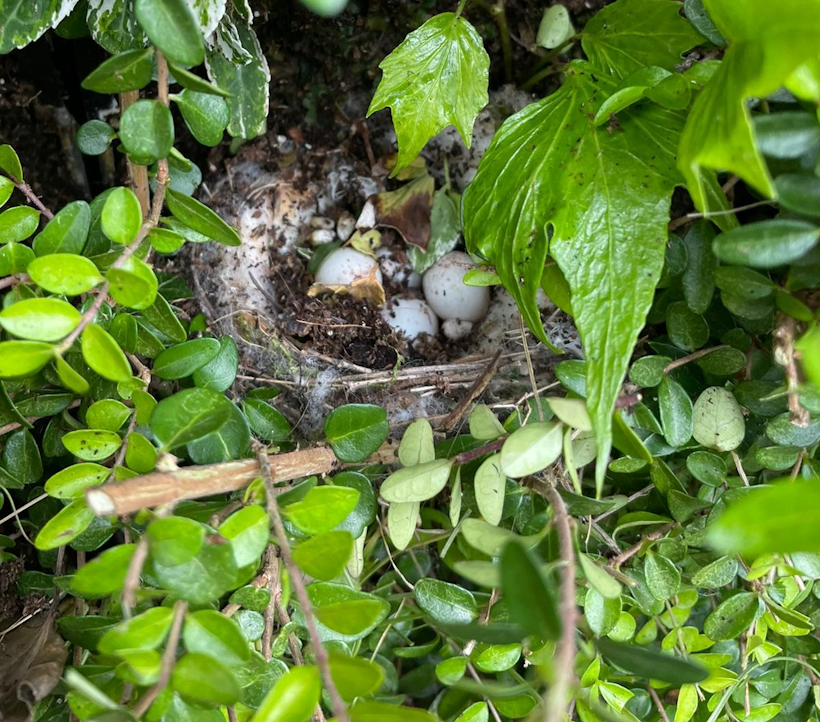
Benefits of Living Walls: Biodiversity Boost
Incorporating a variety of plants into living walls increases urban biodiversity by supporting a wider range of wildlife. Native plants are particularly beneficial because they are adapted to the local climate and soil conditions, and they have co-evolved with local wildlife. This biodiversity enhancement leads to more resilient urban ecosystems. Specific examples include:
- Pollinators: Native flowering plants attract bees, butterflies, and other pollinators, which are crucial for the reproduction of many plant species.
- Predatory Insects: Beneficial insects like ladybugs and lacewings, which control pest populations, find habitats on living walls, promoting natural pest control.
Benefits of Living Walls: Pollinator Support
Pollinators are essential for the reproduction of many plants and the production of food crops. Urban areas often lack the floral diversity needed to sustain pollinator populations. Living walls filled with a variety of flowering plants provide continuous forage throughout the year. Key points include:
- Foraging Resources: Continuous blooming cycles offer food for pollinators at different times of the year, ensuring their survival and facilitating pollination in urban gardens and parks.
- Pollinator Pathways: Living walls can act as stepping stones, creating corridors that connect isolated green spaces and allow pollinators to move safely through urban areas.
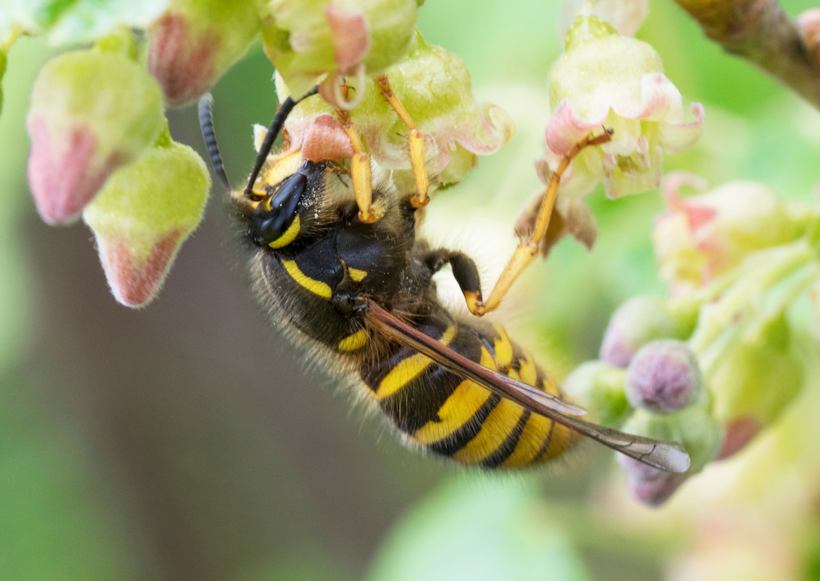
Benefits of Living Walls: Climate Regulation
The vegetation on living walls can significantly influence the urban microclimate, creating more favourable conditions for wildlife. These benefits include:
- Temperature Regulation: Plants absorb and reflect solar radiation, reducing the heat island effect and providing cooler habitats for urban wildlife.
- Air Quality Improvement: Living walls filter pollutants and dust from the air, creating cleaner air for both wildlife and humans.
- Humidity Regulation: Plants transpire, releasing moisture into the air and creating more humid microenvironments, which can be beneficial for certain species.
Benefits of Living Walls: Noise Reduction
Urban noise pollution can be detrimental to wildlife, disrupting communication and breeding behaviours. Living walls can help mitigate this by:
- Sound Absorption: The dense foliage and soil substrates of living walls absorb sound waves, reducing the overall noise levels.
- Barrier Creation: Living walls can act as physical barriers that shield sensitive wildlife habitats from noisy roads and industrial areas, creating quieter refuges for animals.
Living Walls from Viritopia
With over 20 years of experience of designing and maintaining biophilic infrastructure, Viritopia can create a detailed plan of how a scheme will meet regulatory requirements.
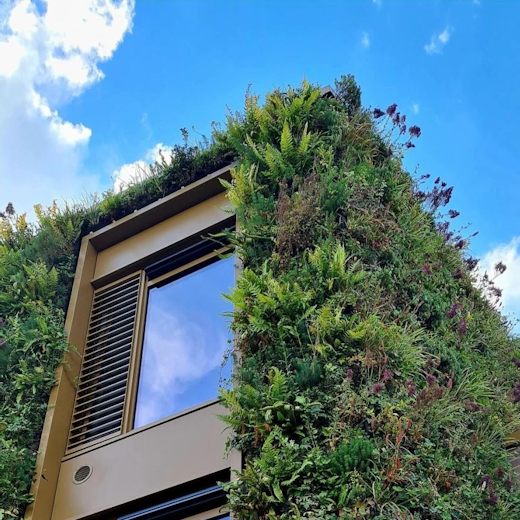
Contact us
Benefits of Living Walls: Food Supply
Living walls can provide a steady food supply for urban wildlife through a variety of means:
- Insect Habitat: By attracting insects, living walls create a food web that benefits insectivorous species such as birds and bats.
Benefits of Living Walls: Shelter and Breeding Sites
In addition to offering food and habitat, living walls provide critical shelter and breeding sites:
- Winter Refuge: Evergreen plants and dense vegetation offer protection against harsh winter conditions, helping wildlife survive during colder months.
- Breeding Grounds: Certain plant species and structural features of living walls can serve as ideal breeding sites for birds, insects, and even small reptiles.
Benefits of Living Walls: Water Management
Living walls can contribute to better water management in urban areas, which benefits wildlife:
- Rainwater Harvesting: Some living walls are designed to capture and use rainwater, reducing runoff and creating moist habitats that attract amphibians and insects.
- Dew Collection: Plants on living walls can capture dew, providing a water source for small animals during dry periods.
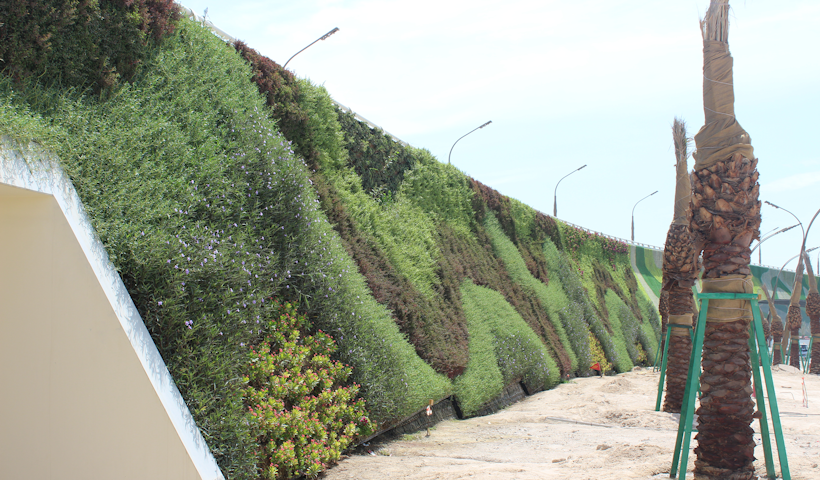
Implementing Living Walls in Urban Planning
For living walls to be effective in wildlife conservation, they need to be thoughtfully integrated into urban planning. Here are some key considerations:
- Plant Selection: Choose a variety of native and drought-tolerant plants to ensure the wall supports local wildlife and is sustainable in the long term.
- Maintenance: Regular maintenance is crucial to keep the living wall healthy and attractive to wildlife. This includes irrigation, pruning, and monitoring for pests and diseases.
- Community Engagement: Involving the local community in the creation and upkeep of living walls can foster a sense of ownership and stewardship, promoting conservation efforts.

Book a Consultation with Viritopia
With over 20 years of experience of designing and maintaining biophilic infrastructure, Viritopia can create a detailed plan of how a scheme will meet regulatory requirements.
We assist with faster planning process and provide you with what’s needed to elevate your project. Book a living wall consultation with our expert team today or find out more about our green walls and their benefits.
Explore more insights
Discover the latest in green infrastructure

Vanguard Logistics Park (Longmore) Featured in RIBA Commercial Directory 2025
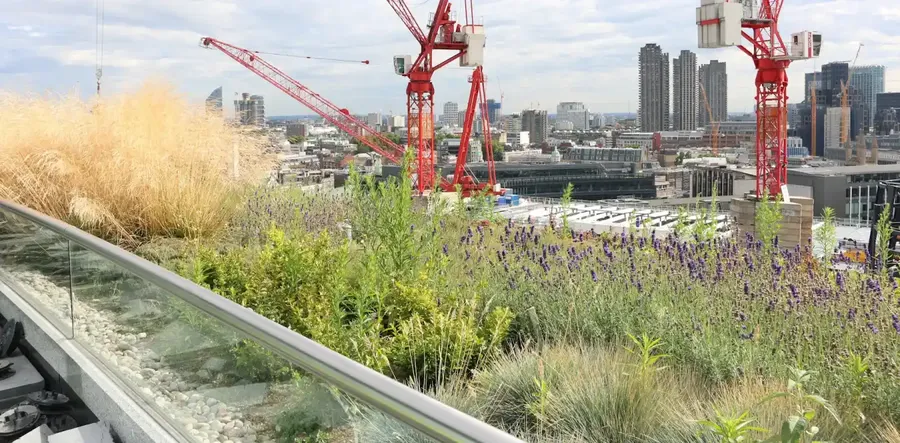
Green Roof Advantages & Disadvantages
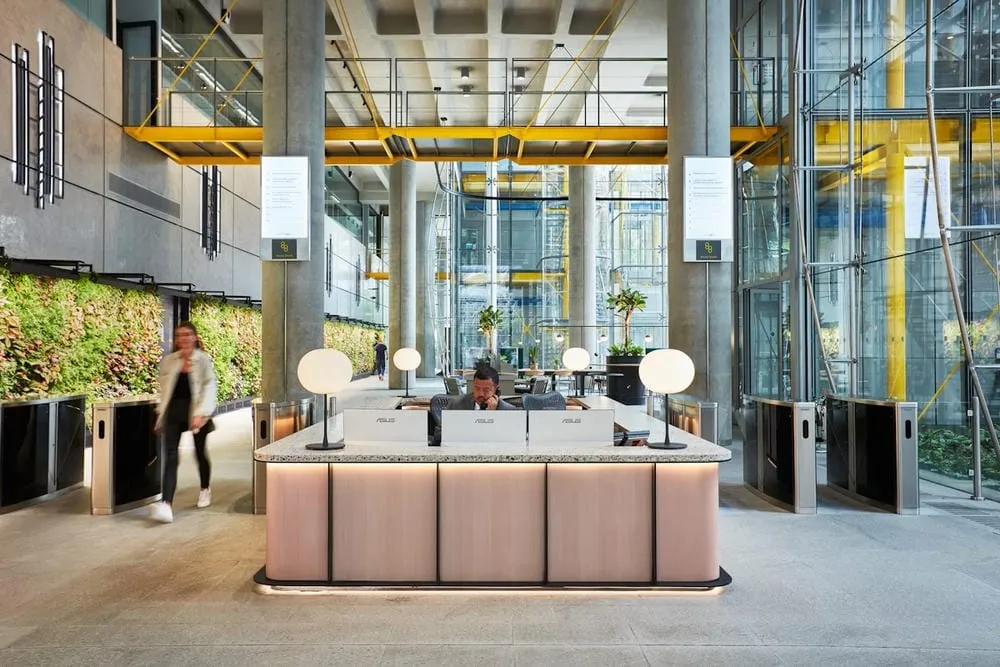
Design with meaning: How office living walls reflect your brand

